Maintaining Proper Indoor Humidity Levels
Introduction
Maintaining proper humidity levels in your home is extremely important for your health, comfort, and even the integrity of your house. Indoor air that is too dry or too humid can cause a variety of problems, from respiratory issues to encouraging mold growth. In this comprehensive guide, we will cover everything you need to know about managing humidity in your living space.
We will start by explaining the ideal humidity range you should aim for inside your home. Next, we will go over the factors that impact indoor humidity and how temperature and moisture are connected. You’ll learn how to tell if your home is too humid or too dry, and tips for adjusting the moisture levels. We’ve also included charts on optimal humidity levels for health and comfort.
By the end, you’ll have a full understanding of how to balance the humidity in your home. Properly managing moisture and ventilation will improve air quality and create a healthier indoor environment.
Ideal Indoor Humidity Level
Experts recommend keeping the relative humidity in your home between 30% to 50% year-round. This range provides the right balance for human health and comfort. It also reduces problems with condensation, mold growth and dust mites.
Here are some key points about ideal indoor humidity levels:
- 30% to 50% relative humidity is optimal for most homes. This range minimizes health risks and provides comfortable air.
- Levels below 30% are too dry and can cause problems like static electricity, dry skin, sore throats and increased spread of viruses.
- Over 50% humidity starts to feel muggy. It also allows for more condensation, mold growth and dust mites.
- Ideal humidity levels may vary slightly based on climate and personal preference. Adjust to what feels comfortable for your home.
- Use a hygrometer to monitor humidity levels and make sure they stay in the 30-50% range.
There are a few factors that impact the ideal humidity range in your specific home:
- Outdoor temperature and climate. Humidity preferences are lower in colder climates.
- Indoor temperature. Warmer air can hold more moisture.
- Number of occupants and their activities. More people and increased activity adds moisture.
- Size and age of home. Older homes may be leakier and more difficult to control.
This chart provides guidelines on ideal indoor relative humidity by outdoor temperature:
| Outdoor Temperature | Recommended Indoor Humidity |
|---|---|
| Below 20°F | 25-40% humidity |
| 20°F to 70°F | 30-50% humidity |
| Above 70°F | 35-55% humidity |
As you can see, the optimal humidity range rises slightly as outdoor temperatures increase. This helps offset the increased moisture that warmer air introduces into your home.
Ideal humidity levels also vary by season:
| Season | Recommended Humidity Range |
|---|---|
| Winter | 30-40% |
| Spring | 40-50% |
| Summer | 50-60% |
| Fall | 40-50% |
Adjusting based on seasonal changes will help keep your home’s humidity optimized.
 Understanding Home Humidity Levels
Understanding Home Humidity Levels
To control moisture in your living space, it helps to understand the relationship between temperature, humidity and water vapor. Here are the key concepts:
- Temperature and humidity are interconnected. Warmer air can hold more moisture than cool air before it condenses.
- Absolute humidity refers to the actual amount of water vapor present in the air. It is measured in grams per cubic meter.
- As temperature increases, the capacity for air to hold moisture goes up.
- Relative humidity measures the amount of moisture in the air compared to the maximum amount it could hold at that temperature. It is displayed as a percentage.
- When warm air comes in contact with cooler surfaces, the moisture condenses. This is why you see condensation on cold glasses.
High humidity in your home can cause several problems:
- Mold and mildew growth on surfaces
- Bacteria and dust mites thriving
- Condensation on windows and cold surfaces
- Peeling paint and wallpaper
- Musty odors
- Respiratory irritation
To lower humidity levels when they are too high:
- Ventilate with outside air – open windows or run exhaust fans
- Run A/C or a dehumidifier
- Seal leaks and cracks in exterior walls
- Insulate cold surfaces like pipes to reduce condensation
- Avoid excessive moisture sources like humidifiers
If indoor air is too dry, you can raise humidity by:
- Cooking and showering (adds moisture)
- Using humidifiers or vaporizers
- Placing bowls of water near heat sources
- Avoiding excessive ventilation in very cold/dry weather
Proper humidity control requires finding the right balance for your climate and home. Monitor with a hygrometer, and adjust as needed.
Humidity Levels for Health
Monitoring indoor humidity is important for health and wellness. Here are the effects humidity can have:
| Humidity Range | Effects on Health |
|---|---|
| Below 30% | Increased illness transmission, dry skin and sinuses |
| 30-50% | Minimal health risks |
| 50-70% | Possible allergies, mold and dust mites |
| Over 70% | Probable mold growth and bacteria breeding |
Aim to keep humidity between 30-50% to minimize health issues. Ventilate and use a dehumidifier if levels exceed 50%.
Humidity Recommendations by Room
Ideal humidity levels can vary slightly by room depending on its use. Here are suggested ranges:
| Room | Ideal Humidity Range |
|---|---|
| Living spaces | 40-50% |
| Bedrooms | 30-50% |
| Bathrooms | 30-50% |
| Basements | 30-45% |
| Attics | 30-45% |
Monitor humidity room-by-room to customize your home’s comfort.
Humidity Preferences for Pets
If you have pets, aim for humidity levels they find comfortable:
| Pet | Preferred Humidity Range |
|---|---|
| Dogs | 40-60% |
| Cats | 40-50% |
| Small mammals | 40-50% |
| Reptiles | 50-70% |
| Birds | 35-55% |
Adjust based on your specific pets’ needs. Proper humidity keeps them healthy too.
Suggested Products
Here are some recommended products to help monitor and control humidity levels in your home:
- Hygrometer – Measures relative humidity levels. Models like the ThermoPro TP50 allow you to track RH easily.
- Dehumidifier – Removes excess moisture from the air. The hOmeLabs 4,500 Sq Ft Energy Star Dehumidifier protects large spaces.
- Humidifier – Increases moisture in dry environments. Options like the TaoTronics Cool Mist Humidifier add humidity safely.
- Air purifier – Filters allergens while optimizing humidity. The LEVOIT Air Purifier with Humidifier combats stuffiness.
- Smart thermostat – Maintains ideal temp and humidity. The Sensi Touch WiFi Thermostat links to smart home devices.
- Ventilation fan – Removes humidity and ventilates. Fans like the Panasonic WhisperCeiling Bathroom Fan keep air moving.
Investing in the right tools makes balancing humidity easier. Monitor conditions and adjust as needed to stay in the 30-50% comfort zone.
Conclusion
Controlling humidity in your home is important for health, reducing condensation issues and improving comfort. The ideal indoor humidity range is 30-50% relative humidity year-round. Use a hygrometer to monitor moisture levels. If the air is too humid, ventilate and dehumidify. When air is too dry, add moisture carefully with humidifiers. Finding the right balance will improve air quality and create a comfortable living environment. Properly managing humidity also helps maintain your home’s integrity by reducing condensation and mold risks.
Frequently Asked Questions
Frequently Asked Questions
- What is the ideal indoor humidity level for a home?
The recommended year-round indoor humidity range is 30% to 50% relative humidity. This provides the best conditions for human health and comfort. - How can you tell if your indoor humidity is too high?
Signs of excessive humidity include condensation on windows and surfaces, musty odors, peeling paint or wallpaper, and mold growth. Use a hygrometer to check the humidity levels. Above 50% is considered too high. - What causes low humidity in a house?
Dry indoor air is often caused by cold, dry outdoor conditions, excessive ventilation without adding moisture, and running heating systems like furnaces that do not add humidity back. - Is 40% humidity too low in a home?
No, 40% relative humidity indoors is not generally too low. The ideal humidity range is 30% to 50%, so 40% is right in the middle. Only below 30% is considered too dry. - Can low indoor humidity affect your health?
Yes, excessively dry air can irritate respiratory systems, skin and sinuses. It may also contribute to the spread of viral illnesses. Ideal indoor humidity between 30-50% reduces health risks. - What is the best humidity level for indoor plants?
Most household plants thrive with 40-50% relative humidity. Some tropical plants prefer higher humidity around 50-70%. Mist plants daily or use a humidifier to supplement humidity. - Where should you place humidifiers?
Humidifiers are most effective placed in central living areas, though bedroom placement can help if the air is particularly dry. Avoid placing humidifiers near furniture, electronics or artwork. - How can you raise humidity quickly?
Fast ways to raise low humidity include running humidifiers, boiling water, placing bowls of water near heat vents, and avoiding excessive ventilation. Showering and cooking also introduce moisture. - Do dehumidifiers help with allergies?
Yes, dehumidifiers reduce humidity which inhibits mold, dust mites, bacteria and other allergens that thrive in damp indoor environments. Keeping home humidity under 50% helps cut down on allergens. - How often should you run a dehumidifier?
Run a dehumidifier continuously in problem areas. Check the reservoir daily and empty it when full. For preventative use, empty and run a dehumidifier for a few hours at a time 1-2 times per week as needed
Additional Resources
For more information on ideal humidity levels, visit this EPA’s page on Indoor Air Humidity

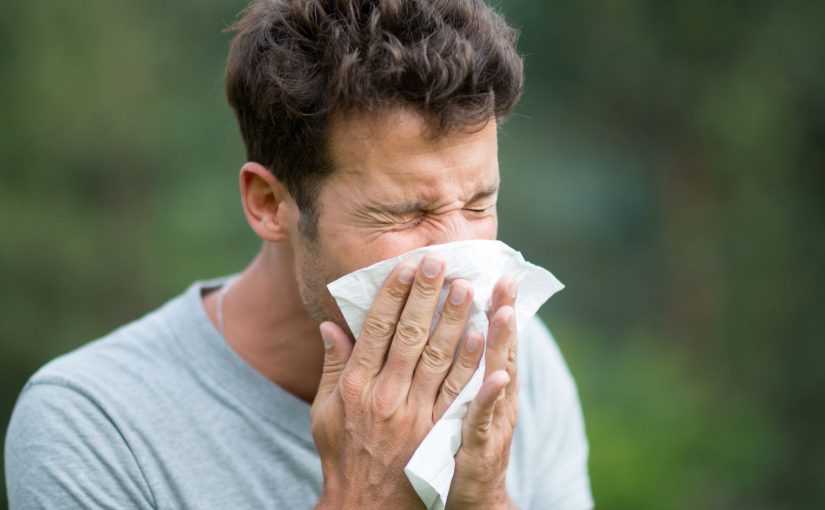
 Understanding Home Humidity Levels
Understanding Home Humidity Levels
 Where to Place an Air Purifier
Where to Place an Air Purifier









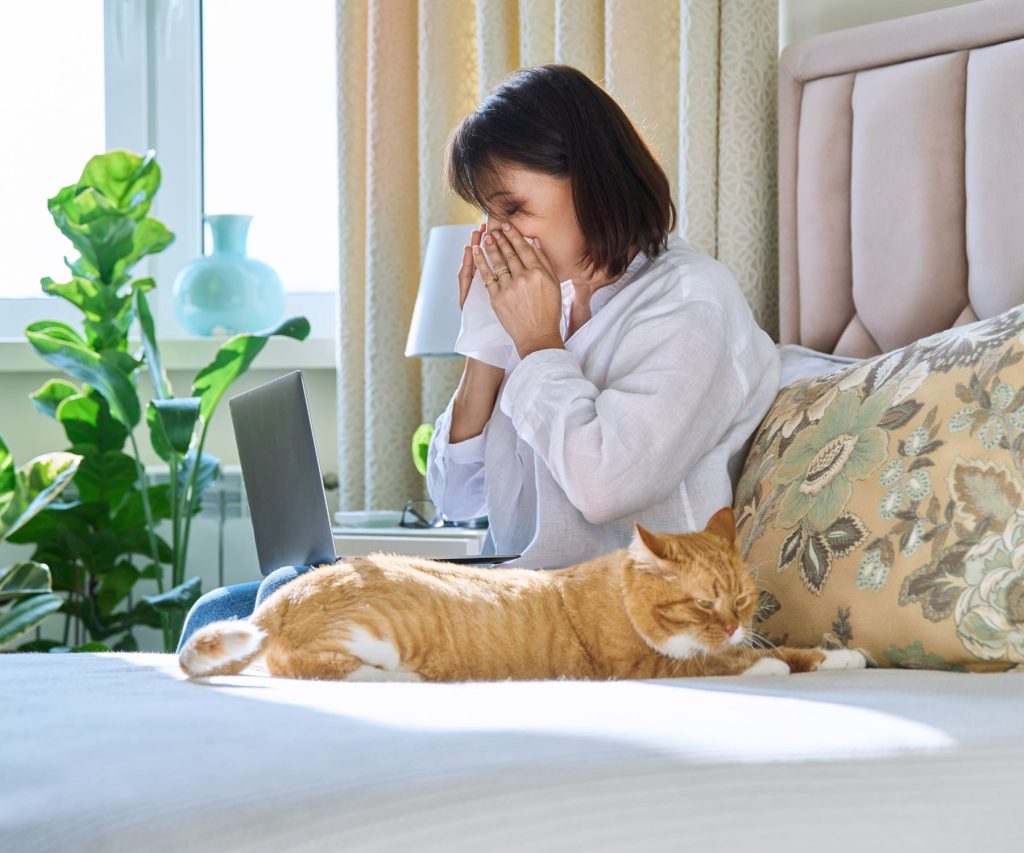 Natural Remedies for Cat Allergies
Natural Remedies for Cat Allergies 11. Use HEPA Furnace Filters
11. Use HEPA Furnace Filters


 Medications for Allergy Relief
Medications for Allergy Relief
 Tips To Prevent Humidity-Related Sneezing
Tips To Prevent Humidity-Related Sneezing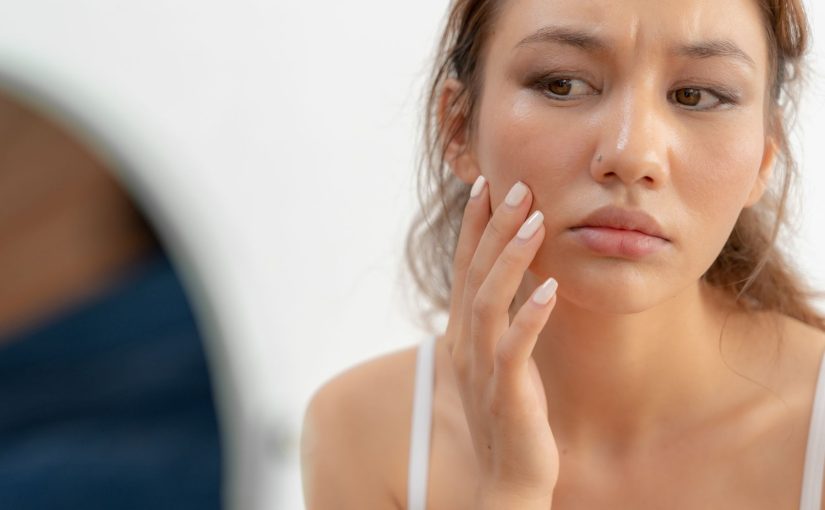
 Over-the-Counter Solutions
Over-the-Counter Solutions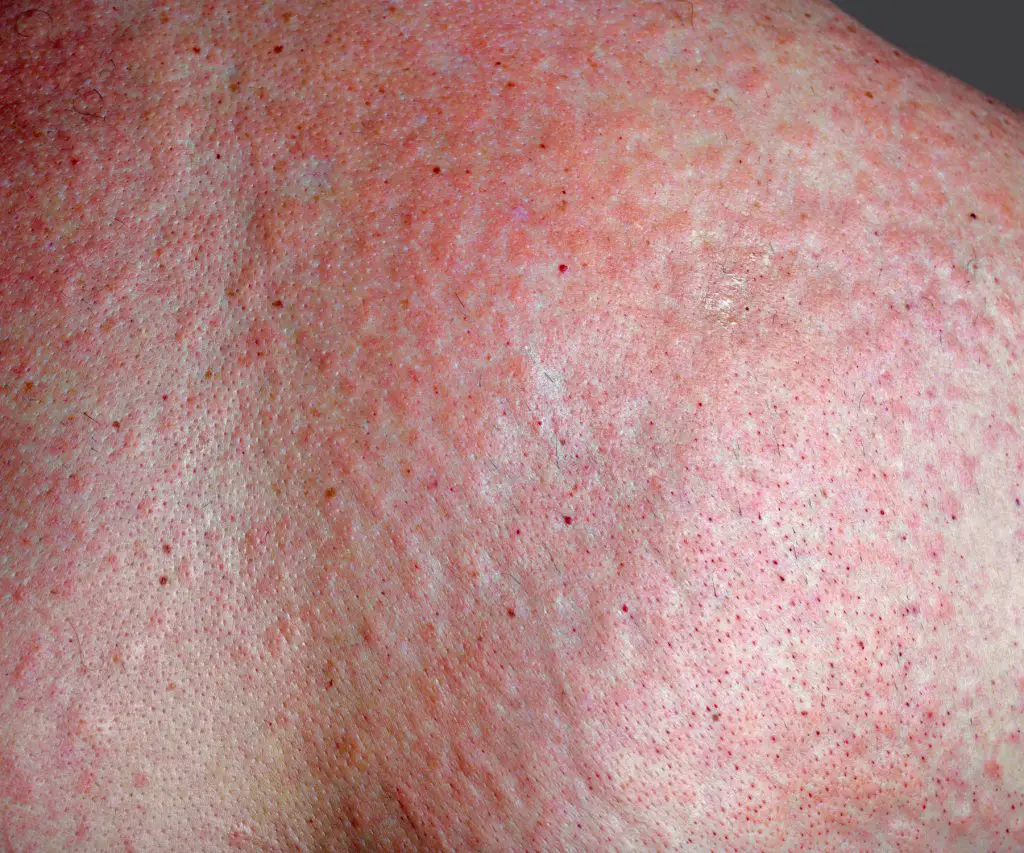 Resources and Further Reading
Resources and Further Reading
 Choosing the Best Air Filter for a Bedroom
Choosing the Best Air Filter for a Bedroom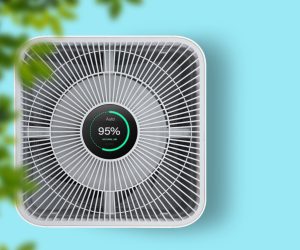 Best Air Filters for Bedrooms
Best Air Filters for Bedrooms
 FAQ
FAQ